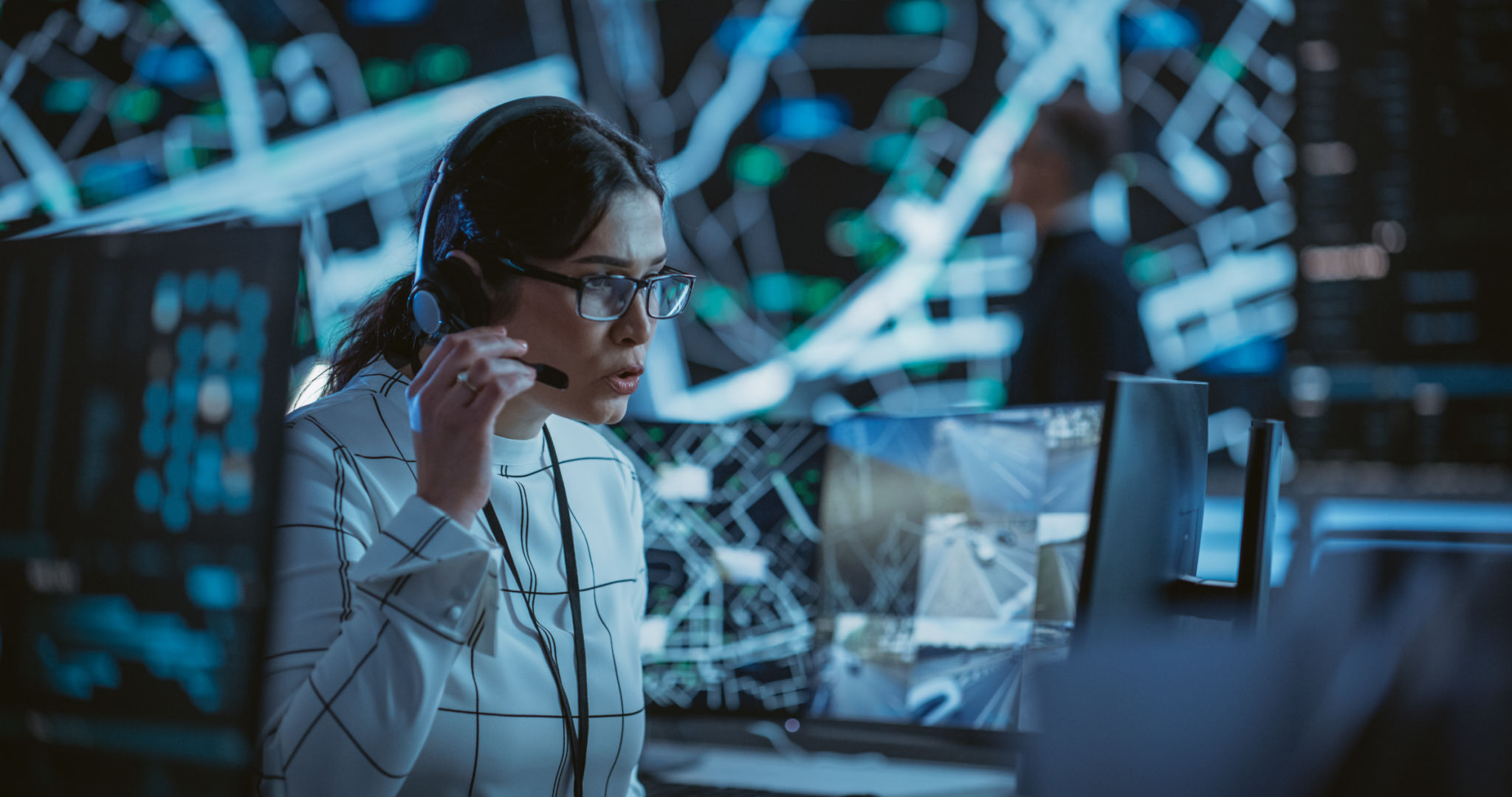Advancements in AI for Real-Time Satellite Data Processing
The Evolution of Satellite Data Processing
Satellite technology has undergone a significant transformation over the past few decades, driven by advancements in artificial intelligence (AI). These improvements have revolutionized the way we process real-time satellite data, allowing for more efficient and accurate analysis. The integration of AI into satellite data processing has opened new horizons for various industries, from environmental monitoring to disaster management.
One of the most notable advancements is the ability to handle vast amounts of data in real-time. Satellites generate an enormous amount of data every second, and traditional processing methods were often slow and resource-intensive. AI algorithms, however, can swiftly analyze this data, identifying patterns and anomalies that might otherwise be missed.

AI-Powered Data Analysis
AI-powered data analysis has become a game-changer in the world of satellite technology. By leveraging machine learning algorithms, satellites can now autonomously process and interpret data, reducing the need for human intervention. This capability is particularly beneficial in remote sensing applications, where rapid data processing is crucial.
The use of AI in satellite data processing enables more precise weather forecasting, agricultural monitoring, and urban planning. For example, machine learning models can predict weather patterns with greater accuracy, helping communities prepare for severe weather events. Similarly, AI-driven analysis of satellite imagery can aid in optimizing crop yields by monitoring soil health and identifying pest outbreaks.
Real-Time Applications and Benefits
Real-time satellite data processing powered by AI offers numerous benefits across different sectors. In environmental conservation, it allows for the continuous monitoring of deforestation and wildlife habitats. This capability is essential for implementing timely conservation strategies and assessing their effectiveness.

In disaster management, AI-driven satellite data processing plays a critical role in providing early warning systems for natural disasters such as hurricanes, earthquakes, and floods. By analyzing satellite imagery in real-time, response teams can better allocate resources and plan evacuation routes, potentially saving lives and reducing economic losses.
The Role of AI in Enhancing Image Resolution
Another significant advancement is the enhancement of image resolution through AI algorithms. High-resolution images provide more detailed information about Earth's surface, which is invaluable for various applications, including urban development and infrastructure planning.
AI techniques such as super-resolution algorithms are used to improve the quality of images captured by satellites. These algorithms can reconstruct higher-resolution images from lower-resolution inputs, allowing for more detailed analysis and decision-making.

Challenges and Future Directions
While the integration of AI in real-time satellite data processing offers numerous advantages, it also presents challenges. One major concern is ensuring data privacy and security, as sensitive information is often transmitted and analyzed. Addressing these concerns requires robust cybersecurity measures and transparent data policies.
Looking ahead, the future of AI in satellite data processing holds exciting possibilities. As technology continues to evolve, we can expect even more sophisticated algorithms that enhance our ability to monitor and understand our planet. Collaborative efforts between governments, private sectors, and research institutions will be crucial in driving these innovations forward.
Conclusion
The advancements in AI for real-time satellite data processing are reshaping the way we interact with our environment. From improving weather forecasts to aiding in disaster management, the benefits are vast and far-reaching. As we continue to explore the potential of this technology, it is essential to balance innovation with ethical considerations to ensure a sustainable future for all.
